Joint Borrower Sole Proprietor Mortgage (JBSP) Legal Advice
Expert Solicitors provide Independent Legal Advice to satisfy Joint Borrower Sole Proprietor Mortgages.

- from £140*
- Same-day Appointments
- Online or In Person Consultations
- Fast Turnaround Time
- ILA Certificate Included
- Law Firms Approved by Most Lenders
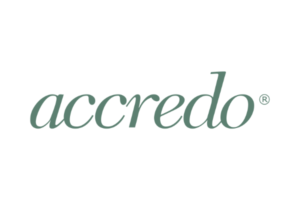
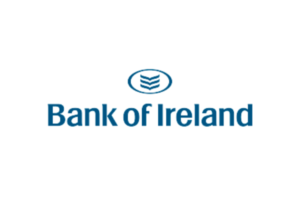
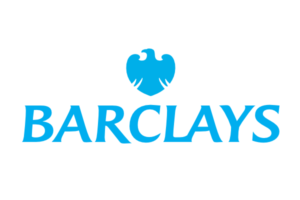
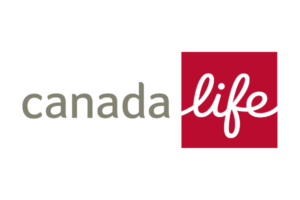


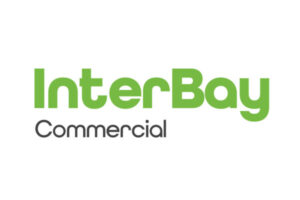

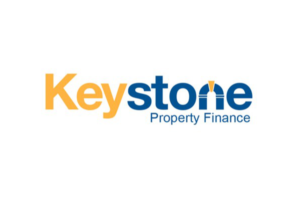
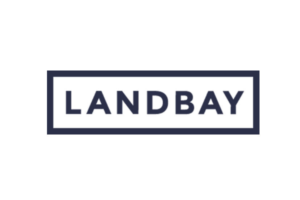
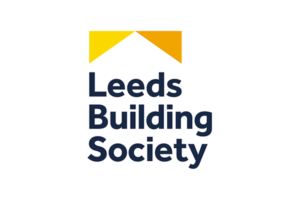
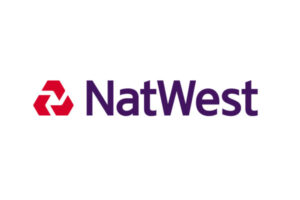
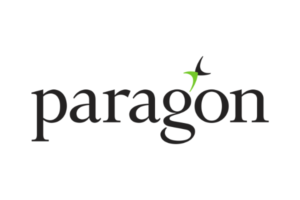
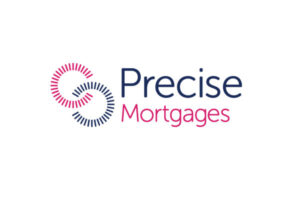
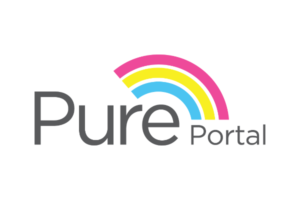



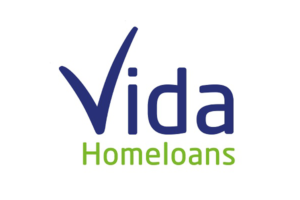

What is a Joint Borrower Sole Proprietor Mortgage?
A Joint Borrower Sole Proprietor Mortgage, often abbreviated as JBSP mortgage, enables you to purchase a property with the collaborative support of multiple individuals, such as your parents, allowing up to four people to be involved. Pooling the resources of applicants simplifies the mortgage qualification process, enhancing the likelihood of approval. However, it’s important to note that despite the joint ownership arrangement, only one individual assumes legal ownership of the property.
This type of mortgage is often used to help first-time buyers who might struggle to secure a mortgage on their own due to income limitations or credit issues.
The JBSP mortgage presents an alternative to guarantor mortgages, eliminating the need for parents or family members to furnish savings or guarantees for a deposit. In contrast to guarantor mortgages, JBSP mortgages take into account the combined income of all individuals listed on the mortgage application.
Key features of a JBSP mortgage in the UK include:
- Joint Borrower Responsibility: All individuals named on the mortgage are jointly responsible for repaying the loan. This means that the income and creditworthiness of all borrowers are taken into account when assessing eligibility.
- Sole Proprietor Ownership: Despite the joint borrowers, only one person is listed as the sole proprietor and legal owner of the property. Typically, this person is the one who will be residing in the property.
- Income and Credit Assessment: Lenders consider the combined income and creditworthiness of all borrowers to determine mortgage eligibility. This can be advantageous for individuals who might not qualify for a mortgage on their own.
- Ownership Structure: Legally, the property ownership is structured so that only the sole proprietor has ownership rights, while the joint borrowers do not have a claim to ownership. However, all parties are equally responsible for the mortgage debt.
It’s important to note that the terms and conditions of JBSP mortgages can vary among lenders in the UK, and borrowers should carefully review the specific details of the mortgage product they are considering. Seeking professional legal advice and consulting with a mortgage advisor can help individuals understand the implications and make informed decisions regarding this type of mortgage arrangement.

How does a Joint-Borrower-Sole-Proprietor mortgage work?

In many aspects, a Joint Borrower Sole Proprietor (JBSP) mortgage closely resembles a standard mortgage. Lenders thoroughly assess all borrowers, evaluating both expenses and income to determine affordability. Meeting the lender’s criteria, which encompasses age limits, income, and creditworthiness, is imperative for borrowers.
Some mortgage providers impose an age limit for JBSP mortgages, stipulating that applicants must be no older than 70 or, in some cases, 80 at the end of the mortgage term.
Given the shared responsibility for repayments among all mortgage holders, any missed payments can impact the credit profiles of all parties involved.
The distinctive feature of a JBSP mortgage lies in the fact that only one of the borrowers, known as the proprietor, is explicitly named on the property’s ownership deeds. Lenders often require that this individual reside in the property.
This mortgage arrangement offers flexibility for individuals, such as parents, who do not wish to maintain a long-term interest in the property. They can easily exit the arrangement once the proprietor becomes financially capable of managing the mortgage independently.
Also, a JBSP mortgage may provide Stamp Duty benefits. Typically, purchasing a property with someone who already owns a home attracts second home Stamp Duty at a rate of 3%. However, with a JBSP mortgage, the other parties can avoid triggering this additional liability.
As with any mortgage, it’s prudent to consider unforeseen circumstances, such as illness, job loss, or inability to work. In such scenarios, exploring options like income protection insurance can provide a safety net for covering various bills, including mortgage repayments.
Saba, I cannot praise you enough, you make a stressful process as easy and smooth as possible. I will always highly recommend you. I would definitely use your services again!
What’s the difference between a JBSP mortgage and a joint mortgage?
The main difference between a Joint Borrower Sole Proprietor (JBSP) mortgage and a standard joint mortgage lies in the ownership structure and the way responsibility for the mortgage is distributed among the borrowers.
Ownership Structure:
- Joint Borrower Sole Proprietor Mortgage (JBSP): In a JBSP mortgage, only one person—the sole proprietor—is named on the property’s ownership deeds. This individual is the legal owner of the property. The other joint borrowers, typically family members or friends, share the responsibility for repaying the mortgage but do not have a claim to ownership.
- Joint Mortgage: In a standard joint mortgage, all parties named on the mortgage application share both the responsibility for repaying the loan and the legal ownership of the property. Each borrower has a stake in the property, and their names are on the ownership deeds.
Responsibility for Repayments:
- JBSP Mortgage: While all borrowers are equally responsible for making mortgage repayments, the beneficial interest will still remain with the party who is registered as the proprietor won the land registry. The borrower and proprietor shall be jointly and severally liable for any missed payments or issues with repayments which may consequently affect the credit profiles of all parties involved. The sole proprietor, however, is the only one with ownership rights.
- Joint Mortgage: In a joint mortgage, all co-borrowers are jointly and severally liable for the entire mortgage amount. This means that each borrower is individually responsible for the full mortgage repayment, and lenders can pursue any one of them for the entire amount if necessary.
Exit Strategy:
- JBSP Mortgage: Once the sole proprietor is financially capable, other joint borrowers, such as parents, can exit the arrangement.
- Joint Mortgage: In a standard joint mortgage, all borrowers maintain a shared ownership interest throughout the mortgage term, and any changes to ownership typically require the consent of all parties involved.
The choice between a JBSP mortgage and a joint mortgage will depend on the specific financial and ownership arrangements desired by the individuals involved in the property purchase.

What are the Advantages & Disadvantages of a JBSP Mortgage?

Advantages
- Easier Mortgage Approval: Combining incomes makes it easier to qualify for a mortgage, which can be helpful for those with lower individual income or credit scores.
- Financial Support: Allows family members or friends to provide financial support without having a long-term interest in the property.
- Stamp Duty Benefits: Potential to avoid higher Stamp Duty rates that might apply if one of the borrowers already owns a property.
- Exit Strategy: Provides an exit strategy for joint borrowers, allowing them to step out of the arrangement when the sole proprietor can manage the mortgage independently.
Disadvantages
- Shared Responsibility: All borrowers are equally responsible for mortgage repayments, and any missed payments can affect the credit profiles of everyone involved.
- Limited Ownership Rights: Only the sole proprietor has legal ownership rights, which may be a disadvantage for joint borrowers who want a share in the property.
- Age Restrictions: Some lenders may impose age limits, requiring applicants to be below a certain age at the end of the mortgage term, potentially limiting eligibility.
- Dependency on Proprietor: The arrangement relies on the sole proprietor becoming financially capable of taking full ownership, and plans may be affected if this doesn’t happen.
What else do I need to consider before taking out a Joint Borrower Sole Proprietor Mortgage?
Before taking out a Joint Borrower Sole Proprietor (JBSP) mortgage, it’s important to consider various factors to ensure that this type of mortgage arrangement aligns with your financial goals and circumstances. Here are some key considerations:
Credit Profiles: Understand that all borrowers will be equally responsible for mortgage repayments, and any missed payments can impact the credit profiles of everyone involved. Ensure that all joint borrowers have a good understanding of their current credit status.
Income Stability: Assess the stability of the incomes of all borrowers, as fluctuations or disruptions in income can affect the ability to make mortgage payments. Consider how each borrower would contribute to the repayment, especially in case of unexpected financial challenges.
Exit Strategy: Recognise the exit strategy for joint borrowers. If the goal is for one borrower (the sole proprietor) to eventually take full ownership, ensure that there is a clear plan for this transition and that it aligns with the financial capability of the sole proprietor.
Age Limits: Check if the mortgage provider has age restrictions. Some lenders may have age limits, requiring applicants to be below a certain age at the end of the mortgage term. Understand and assess how this may impact your eligibility.
Legal Advice: Seek legal advice before entering into a JBSP mortgage. Understand the legal implications of having only one person named on the property’s ownership deeds and how this affects the rights and responsibilities of all borrowers.
Communication and Trust: Open communication and trust among joint borrowers are crucial. Establish clear expectations, roles, and responsibilities to avoid potential conflicts in the future.
Financial Planning: Consider the long-term financial implications and benefits of the JBSP mortgage. Assess how this arrangement aligns with your overall financial plan and goals.
Stamp Duty Considerations: While JBSP mortgages may offer Stamp Duty benefits, it’s essential to understand the specific conditions and ensure that you meet the eligibility criteria for any potential savings.
Income Protection: Given the shared responsibility for repayments, consider income protection insurance. This can provide a safety net in case of unforeseen circumstances, such as illness or job loss, affecting the ability to make mortgage payments.
Professional Advice: Consult with a mortgage advisor and, if needed, a financial or legal professional. They can provide personalized advice based on your specific situation and help you navigate the complexities of a JBSP mortgage.

How it works
1.
Book free consultation
Choose a free consultation at a time that suits you. This will be booked directly with our trusted partner law firms.
2.
An approved panel solicitor will contact you at your preferred date and time to discuss your needs and requirements.
3.
We get to work to provide you with the required independent legal advice and aim to dispatch documents on the same day.
Frequently Asked Questions
Which banks offer joint-borrower-sole-proprietor mortgages?
- Barclays Bank
- Halifax
- Nationwide Building Society
- NatWest
- Santander
- Metro Bank
- Bath Building Society
- Furness Building Society
- Hinckley & Rugby Building Society
- Newcastle Building Society
- Principality Building Society
- Skipton Building Society
- Tipton & Coseley Building Society
If lack of income is the main obstacle for a mainstream residential mortgage and you have close family members who would like to help, you could benefit from a joint-borrower-sole-proprietor mortgage. But if there are other issues, such as a poor credit history, you may struggle to qualify for a JBSP mortgage.
How many people can take out a joint-borrower-sole-proprietor mortgage?
In general, JBSP mortgages typically allow up to 4 individuals to be joint borrowers however the number of people who can take out a Joint Borrower Sole Proprietor (JBSP) mortgage can vary depending on the policies of the lender.
These individuals, often including family members or friends, collectively provide financial support to help the primary borrower (sole proprietor) qualify for a mortgage.
Is there a maximum age you can take out a JBSP?
The maximum age for taking out a Joint Borrower Sole Proprietor (JBSP) mortgage varies among lenders. Some may have an age limit of 70 or 80 at the end of the mortgage term. Check with individual lenders for specific age criteria.
What’s the difference between a guarantor mortgage and a JBSP mortgage?
A guarantor mortgage involves a guarantee for the borrower, while a JBSP mortgage allows joint applicants, with only one person owning the property.
Guarantor Mortgage:
- A guarantor provides a guarantee for the borrower’s mortgage, often by using their own property as security.
- Guarantors are responsible for the mortgage if the borrower defaults.
- The borrower owns the property.
Joint Borrower Sole Proprietor (JBSP) Mortgage:
- Up to four people, including parents or family members, jointly apply for the mortgage.
- Only one person (the sole proprietor) owns the property.
- Joint borrowers share responsibility for mortgage repayments.
Can you have a joint mortgage but sole ownership?
Yes, you can have a joint mortgage with multiple borrowers, but the property can have
Do you pay Stamp Duty with a joint-borrower-sole-proprietor mortgage?
Yes, with a Joint Borrower Sole Proprietor (JBSP) mortgage, you may still be liable for Stamp Duty, but it could potentially help avoid higher rates applicable to second homes. Specific conditions vary, and it’s advisable to seek professional advice for your situation.
